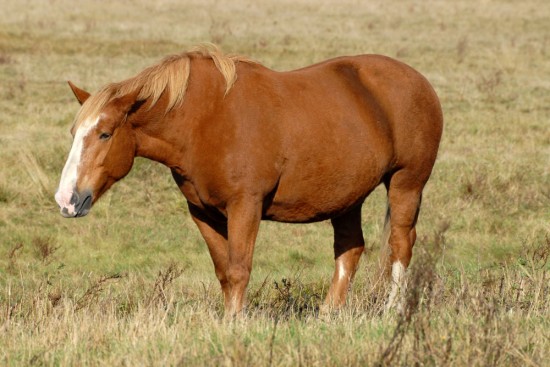
While the United States is an amazing place, it's relatively tame when it comes to its flora and fauna. The relatively cold temperatures mean that the intense diversity of tropical animals just isn't seen in the wildlife. So traveling to Mexico for a vacation is a true pleasure; it has thousands of different animal species, in ecosystems that range from dry deserts to wet tropics. Here's a few creatures to look out for.
Volcano Rabbit
The Volcano Rabbit is also called the teporingo. It's the second smallest rabbit in the world, weighing between 0.86 and 1.3 pounds. It has short legs, rounded ears, and very thick gray fur, which acts as excellent camouflage during its twilight hunting trips. The volcano rabbit lives in a tiny part of Mexico, on the slopes of the Popocatepetl and Iztaccihuatl volcanoes in the state of Puebla. It feeds on leaves and grasses, though it will also scavenge crops from corn farms. Unfortunately, hunters use the volcano rabbit as target practice precisely because it is a pest to farmers. Mexican animal preservation groups have outlined an action plan to boost the endangered population and integrate it into the rest of the local ecosystem. The volcano rabbit is also known for its high-pitched warning calls, which make it unique among rabbit species; most do not vocalize, and instead thump their feet on the ground when they must warn others of danger.
Tehuantepec Jackrabbit
This rare jackrabbit is only found in the dunes and savannas of Oaxaca, Mexico; three small populations are known to exist. They are one of the largest jackrabbit species in the world, weighing between 7.7 and 8.8 pounds; they have brown-gray fur with two distinctive black stripes running from the base of their ears to the nape of their necks. Like all jackrabbits, the Tehuantepec has very large ears and legs. They are nocturnal, most active at dawn and dusk, and prefer to rest under bushes during the day. The Tehuantepec Jackrabbit is critically endangered; they're hunted by Coyotes, gray foxes, and human poachers.
Greater Earless Lizard
This reptile is found in the western states of Mexico, including Sonora, Durango, and Nuevo Leon. It is the only member of its genus, making it very genetically unique in comparison with other lizard species. The Greater Earless gets its name from the fact that they lack any external ear holes; this is an evolutionary adaptation to prevent sand from getting inside their bodies. The lizards burrow into the hot desert surface to rest when the sun is highest. They are normally tan or gray, but male Greater Earless lizards will have bright green and blue spots and females will turn orange while carrying their eggs. As masking lizards, they spend most of their time sitting in the sun--sounds like a lifetime vacation!
At BookIt.com you will find great travel specials and vacation deals for destinations worldwide. Our helpful guides and travel tips will give you the information you need to make your travel plans a breeze. Book the ideal vacation package for your Mexican getaway. May we suggest Cancun Palace as your next vacation destination?
 How To Avoid Obesity In Horses
How To Avoid Obesity In Horses
 Five Fun Ways To Put A Smile On Your Dog’s Face During Hot Weather
Five Fun Ways To Put A Smile On Your Dog’s Face During Hot Weather
 Are The Hiccups A Problem For Your Dog?
Are The Hiccups A Problem For Your Dog?
 Supplies That The Owner Of A Diabetic Dog Should Keep To Hand
Supplies That The Owner Of A Diabetic Dog Should Keep To Hand
 Consider the Most Excellent Way to Build Chicken Houses
Consider the Most Excellent Way to Build Chicken Houses
 Some Important And Yet Commonly Overlooked Aspects Of Small Dog Care
Some Important And Yet Commonly Overlooked Aspects Of Small Dog Care
Copyright © 2005-2016 Pet Information All Rights Reserved
Contact us: www162date@outlook.com